I have a relative with a 19thC brick built terrace house (actually more than one - see photo below).
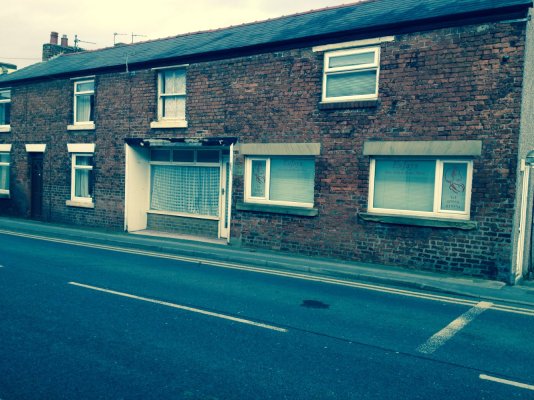
The front wall is directly on the pavement which slopes towards it. The (solid) brick walls are not very thick and there is damp inside the walls - see further images below:
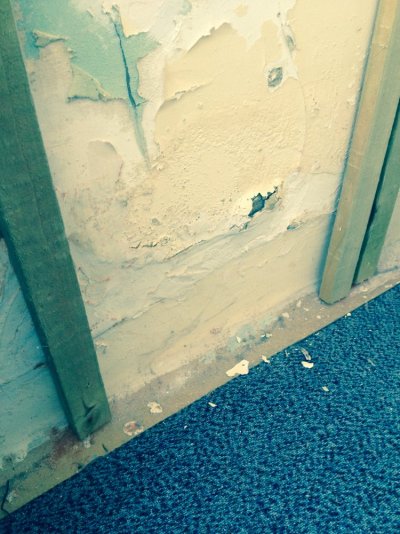
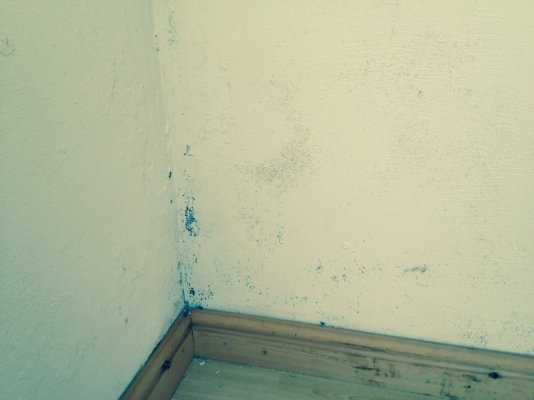
The brickwork is in poor condition - more pics! -
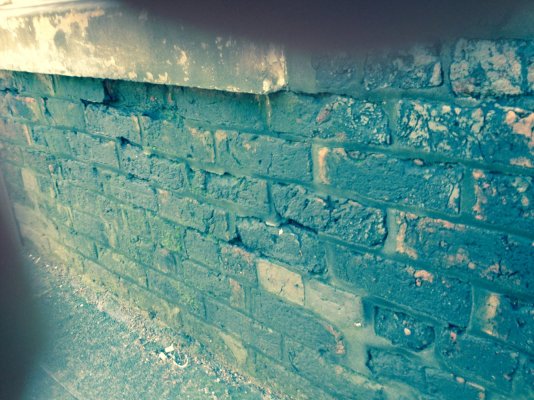
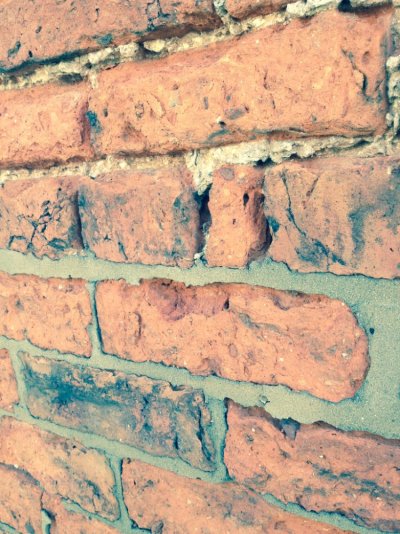
As you can see, some recent pointing has been carried out in places.
My relative now wishes to restore the property (which was her mother's) and has received an estimate to fix the damp problem as follows: "... knock off damp infected plaster ... take out nearest brick course to the floor and install a damp course using Hy Load dampcourse and a class B engineering brick ... The remaining exposed brickwork of these walls will then be covered with a damp membrane and replastered ..."
It seems to me that this may be inappropriate and possibly even counterproductive. My thinking is that rain is penetrating the poor brickwork and also that there is condensation. It is also possible that water is puddling owing to the sloping pavement but I don't know if that is then 'rising'. My inclination would be to render the external wall with lime render (at least for the ground floor) and paint it with silicate paint, then to add breathable internal insulation plus lime plaster to the inside, after removing inappropiate coatings.
Also (although this might be tilting at windmills) it seems to me that the council should provide adequate drainage to the pavement - I suspect the road level has risen over the years which is why the pavement now slopes towards the house.
Any comments or suggestions?
The house is in the Preston area. Does anyone know a builder around there who understands how to restore these types of houses?
Many thanks...

The front wall is directly on the pavement which slopes towards it. The (solid) brick walls are not very thick and there is damp inside the walls - see further images below:


The brickwork is in poor condition - more pics! -


As you can see, some recent pointing has been carried out in places.
My relative now wishes to restore the property (which was her mother's) and has received an estimate to fix the damp problem as follows: "... knock off damp infected plaster ... take out nearest brick course to the floor and install a damp course using Hy Load dampcourse and a class B engineering brick ... The remaining exposed brickwork of these walls will then be covered with a damp membrane and replastered ..."
It seems to me that this may be inappropriate and possibly even counterproductive. My thinking is that rain is penetrating the poor brickwork and also that there is condensation. It is also possible that water is puddling owing to the sloping pavement but I don't know if that is then 'rising'. My inclination would be to render the external wall with lime render (at least for the ground floor) and paint it with silicate paint, then to add breathable internal insulation plus lime plaster to the inside, after removing inappropiate coatings.
Also (although this might be tilting at windmills) it seems to me that the council should provide adequate drainage to the pavement - I suspect the road level has risen over the years which is why the pavement now slopes towards the house.
Any comments or suggestions?
The house is in the Preston area. Does anyone know a builder around there who understands how to restore these types of houses?
Many thanks...
